Need cascading perrenial ideas
bgaviator
11 years ago
Related Stories
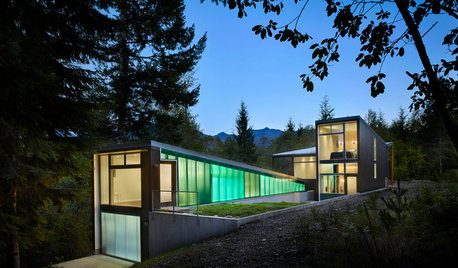
HOUZZ TOURSHouzz Tour: Cascades Retreat Blends In and Stands Out
A mountain getaway’s simple design echoes the landscape, while green polycarbonate cladding adds drama
Full Story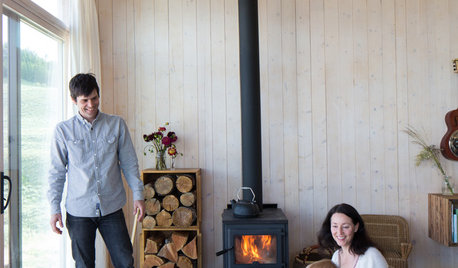
HOUZZ TOURSHouzz Tour: Family Builds Off the Grid Near the Cascade Mountains
Homeowners carefully construct a weekend home on 20 acres in remote northeast Washington
Full Story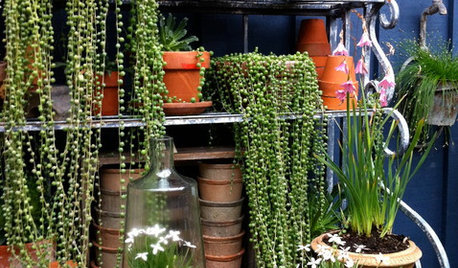
HOUSEPLANTSCascading Succulents Bring Fun Shapes to Your Indoor Garden
For eye-catching spillers with delicate beauty and minimal needs, it's hard to beat these 2 trailing houseplants
Full Story
HOUSEPLANTS10 Top Plants to Grow Indoors
Brighten a room and clean the air with a houseplant that cascades artfully, stretches toward the ceiling or looks great on a wall
Full Story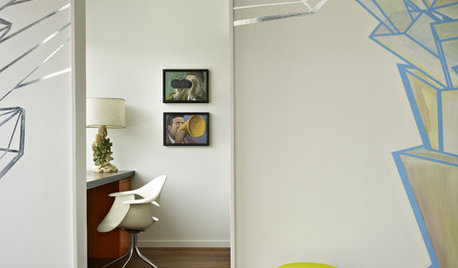
ARTWall Art to Catch Your Eye
A mural, a cascade of plates, a few words, wood — what interesting things can you put on your wall?
Full Story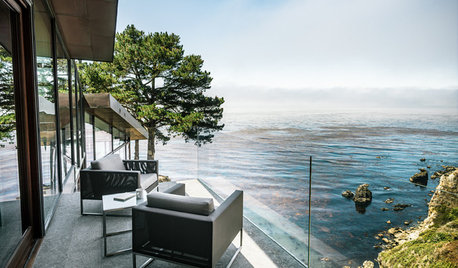
DREAM SPACESHouzz Tour: Hugging the Rocky Cliffs in Big Sur
Cascading down a rugged site and generously encased in glass, this California home takes full advantage of its ocean views
Full Story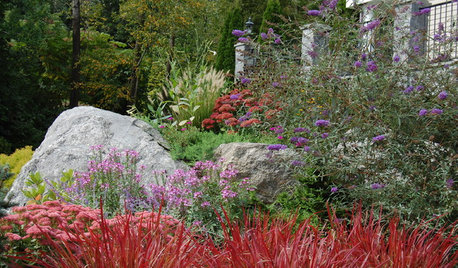
LANDSCAPE DESIGNHow to Design a Great Garden on a Sloped Lot
Get a designer's tips for turning a hillside yard into the beautiful garden you’ve been dreaming of
Full Story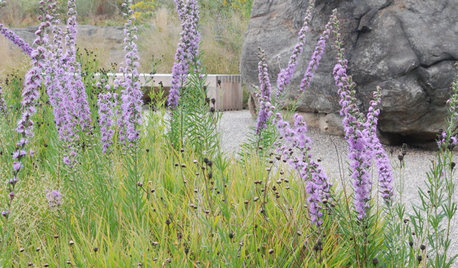
INSPIRING GARDENSNative Plants Inspire and Educate at NYC's Botanical Garden
Stroll through the new Native Plant Garden with us to get great ideas for plant choices and sustainability
Full Story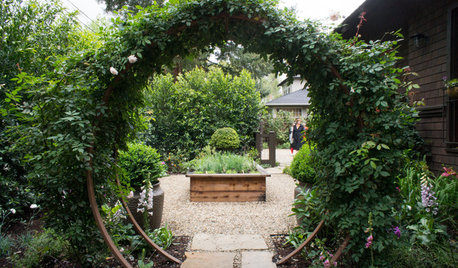
INSPIRING GARDENS5 Gardens to Inspire Your Outdoor Rooms
Get a peek at some exceptional Silicon Valley gardens and borrow ideas for your own landscape
Full Story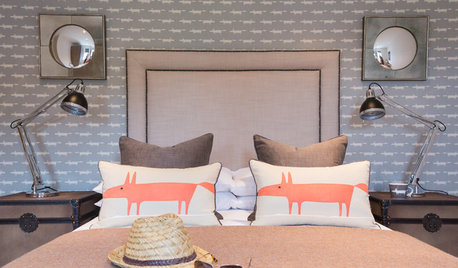
DECORATING GUIDES9 Ways to Jazz Up Your Decor With Pattern
These ideas show how to add oomph to a space without going overboard
Full StoryMore Discussions






ken_adrian Adrian MI cold Z5
bgaviatorOriginal Author
Related Professionals
Reading Landscape Architects & Landscape Designers · Piqua Landscape Architects & Landscape Designers · Richmond Heights Landscape Architects & Landscape Designers · Aurora Landscape Contractors · Battle Ground Landscape Contractors · Cedar Hill Landscape Contractors · Holtsville Landscape Contractors · Lehigh Acres Landscape Contractors · North Canton Landscape Contractors · Paramount Landscape Contractors · Severna Park Landscape Contractors · South Farmingdale Landscape Contractors · Vashon Landscape Contractors · Westchester Landscape Contractors · Bensenville Landscape ContractorsNHBabs z4b-5a NH
flora_uk
bgaviatorOriginal Author
gardenfanatic2003
gardenfanatic2003
buyorsell888
MollyDog
echinaceamaniac
bgaviatorOriginal Author
MollyDog
bgaviatorOriginal Author
melvalena
Robert Bulger with ServiScape, LLC